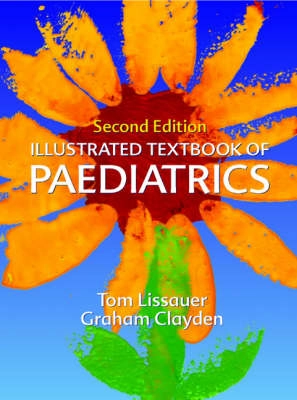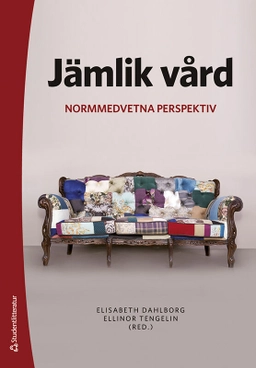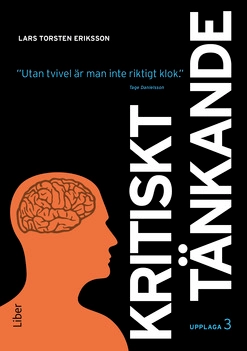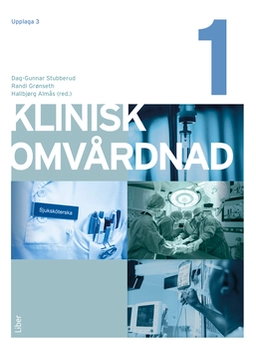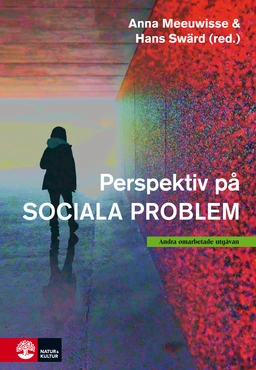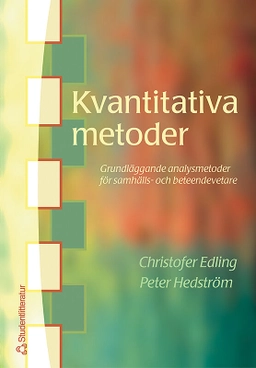Illustrated Textbook of Pediatrics 2/e covers the core curriculum for undergraduate teaching of clinical paediatrics. The second edition retains the innovative, full-color design of the first, incorporating numerous color photographs, diagrams, illustrated case histories and clinical hints & tips highlighted by a 'smiley face' icon. The writing style is succinct, with bullet-point lists used to facilitate reading and learning, and the content is pared down to cover what students really need to know . There is one new chapter on The Child in Society covering general issues in child health in developed and developing countries. All the system-based chapters have been thoroughly revised and coverage of ethics, evidence-based medicine and developmental pediatrics has been expanded. Additional diagrams and photographs to facilitate learning and make it more interesting Identifies key topics and tells students which topics are absolutely essential Key exam questions given which help in revision New chapter on The Child in Society provides introduction to community paediatrics and key child health issues in developed and developing countries More detail about ethics, reflecting the increasing importance of this subject in undergraduate curriculum. Focuses on issues relating to paediatrics only Detail about Evidence Based Medicine (e.g. how this applies to paediatric practice, how to do research in children, etc) Responds to inclusion of EBM in core curriculum for undergraduates. Focusing on aspects relating to paediatrics. Revision of all system-based chapters brings chapters up-to-date, provides better explanations where text has become too condensed and allows improvement of diagrams Essentials-only content so the student is not drowned with extraneous detail Bullet-point writing style allows rapid assimilation and retention of information 195 clinical colour photographs improves recognition of common clinical conditions Specially drawn artworks and flow charts clarify anatomy & physiology (e.g. in Cardiac chapter), examination techniques and diagnostic/therapeutic interventions more effectively, and more memorably, than acres of text Illustrated case histories throughout bring text to life by drawing out and illustrating clinical relevance of text. Improved design and hierarchy of headings and paler background to tables mean easier navigation and information retrieval; less strain on the eye! Contents re-tuned throughout to reflect trend towards community paediatrics. With specialist paediatrics moving more and more into the community, paediatric practice has seen major changes in the last few years New chapter on Social Paediatrics - including the influence of poverty, housing, etc on child health and some basic epidemiology relating to children New chapter on Adolescent Medicine to reflect emerging importance of sub-specialty. Existing Development, Language, Hearing & Vision chapter to be expanded and renamed Normal Child Development and Talking to Children this will include more on health promotion, health surveillance, home care and communication skills. Chapter on the Care of the Sick Child to include more on ambulatory paediatrics, aimed at avoiding admission to hospital. Increased coverage of Ethics Increased coverage of Evidence-based medicine Updating of system-based chapters Purple tint to boxes and tables toned down, heading levels will have clearer differentiation, running heads stronger.
Åtkomstkoder och digitalt tilläggsmaterial garanteras inte med begagnade böcker
